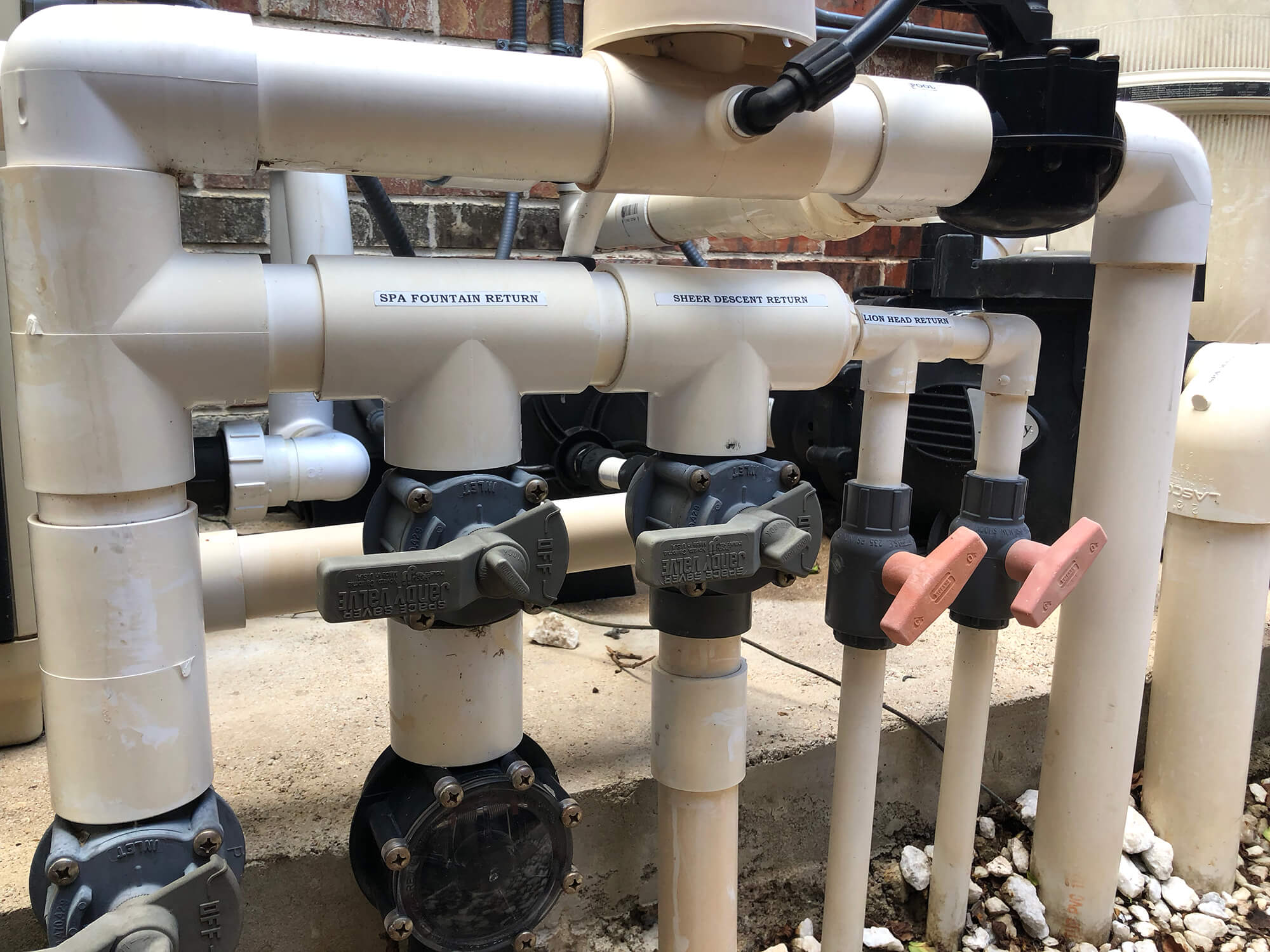

Articles
How Does Pool Plumbing Work
Modified: November 1, 2024
Discover the inner workings of pool plumbing in this informative articles. Learn how water flows through your pool's plumbing system and keep it running smoothly.
(Many of the links in this article redirect to a specific reviewed product. Your purchase of these products through affiliate links helps to generate commission for Storables.com, at no extra cost. Learn more)
Introduction
Having a swimming pool in your backyard can be a refreshing and enjoyable addition to your home. However, behind the scenes, there is an intricate system of plumbing that ensures the pool functions properly. Understanding how pool plumbing works can help you maintain and troubleshoot any issues that may arise.
In this article, we will delve into the basics of pool plumbing, the main components involved, and provide valuable maintenance and troubleshooting tips. So, let’s dive in and uncover the secrets of pool plumbing!
Key Takeaways:
- Understanding the intricate system of pool plumbing, including components like the pump, filter, and skimmer, is crucial for maintaining a clean and efficient swimming pool. Regular maintenance and troubleshooting can prevent issues and ensure optimal water circulation.
- Investing in an automatic pool cleaner can save time and effort in maintaining a clean pool. Properly balancing water chemistry, inspecting equipment, and seeking professional help when needed are essential for the longevity and performance of the pool plumbing system.
Read more: How Does A Pool Cleaner Work
Basics of Pool Plumbing
Before we dive into the intricate details of pool plumbing, let’s start with the basics. The plumbing system of a pool is responsible for circulating water, filtering out debris, and maintaining the proper chemical balance.
The heart of the pool plumbing system is the pump, which is responsible for pulling water from the pool and pushing it through the various components. The pump works in conjunction with a filter to remove dirt, leaves, and other impurities from the water.
Water is drawn into the plumbing system through a combination of the skimmer and the main drain. The skimmer is a box-like container located on the side of the pool that removes debris floating on the surface. The main drain, usually located at the bottom of the pool, helps to collect water from the pool floor.
Once the water has been pulled in, it is sent through the pump and filter, where it undergoes the filtration process. The filter traps debris, allowing clean water to pass through. This clean water is then sent back into the pool through return lines and jets.
Understanding the basics of pool plumbing is crucial for proper maintenance and troubleshooting. By knowing how the water circulates and interacts with different components, you can identify and address any issues that may arise.
Main Components of Pool Plumbing
Now that we have covered the basics of pool plumbing, let’s take a closer look at the main components that make up the plumbing system.
The skimmer and main drain, as mentioned earlier, are essential components that draw water into the plumbing system. The skimmer is usually located at the waterline, and its primary function is to remove debris such as leaves, bugs, and oil that accumulate on the surface of the pool. On the other hand, the main drain is located at the bottom of the pool and helps to collect water from the pool floor.
Once the water is drawn in, it is directed to the pump. The pump is responsible for creating the necessary pressure to push the water through the plumbing system. It pulls water from both the skimmer and the main drain and sends it to the filter for cleaning.
Filters play a vital role in keeping the pool water clean and clear. There are different types of filters available, including sand filters, cartridge filters, and DE (diatomaceous earth) filters. Each filter type has its advantages and maintenance requirements, but all aim to remove debris and impurities from the water.
After the water is filtered, it is sent back into the pool through return lines and jets. Return lines distribute the treated water evenly throughout the pool, while jets provide a refreshing and invigorating water flow. These components help to maintain water circulation and ensure that every corner of the pool receives the benefits of proper filtration.
Plumbing valves are critical for controlling the flow of water throughout the system. They enable you to open or close off specific areas of the plumbing, adjust water flow rates, and divert water to different components such as the heater, spa, or water features. Valves give you flexibility and control over your pool’s plumbing system.
Lastly, plumbing pipes and fittings connect all the components of the plumbing system together. PVC (polyvinyl chloride) pipes are commonly used due to their durability and resistance to corrosion. Fittings, such as elbows, tees, and couplings, ensure a secure and watertight connection between the pipes. These pipes and fittings form the backbone of the plumbing system, ensuring proper water flow and circulation.
Understanding the main components of pool plumbing is essential for maintaining and troubleshooting your pool. By familiarizing yourself with how these components work together, you can effectively address any issues and keep your pool running smoothly.
Skimmer and Main Drain
The skimmer and main drain are two crucial components of the pool plumbing system that play a vital role in keeping the water clean and free of debris.
The skimmer is typically built into the side of the pool and is responsible for removing surface debris such as leaves, insects, and oil. It consists of a collection basket and a flap or weir that helps to trap and separate the debris from the water. As the water level in the pool rises, it flows into the skimmer, where the debris is caught by the filter basket, preventing it from reaching the pump and filter system.
The basket in the skimmer requires regular cleaning to ensure its effectiveness in capturing debris. Simply remove the basket, empty its contents, rinse it with clean water, and replace it back into the skimmer. This routine maintenance will help prevent clogging and keep the skimmer functioning properly.
The main drain, on the other hand, is located at the bottom of the pool and serves as an additional source for water circulation. While the skimmer cleans the surface, the main drain collects water from the pool floor and directs it towards the pump and filter system.
The main drain is equipped with a cover or grate to prevent any objects or individuals from getting trapped. It is important to ensure that the main drain cover is securely in place and in compliance with safety regulations to prevent accidents and entrapment.
Some pools may have multiple main drains, especially larger pools or commercial settings. These drains are usually connected in the plumbing system to ensure proper water circulation. However, it’s important to note that single main drains should never be relied upon as the sole means of water circulation, as it may pose a risk of entrapment. Adding additional outlets or secondary circulation systems is recommended for safety purposes.
Both the skimmer and main drain are essential components of pool plumbing, working together to remove debris from both the surface and the bottom of the pool. By maintaining these components and keeping them free from obstructions, you can help ensure clean and clear water in your pool.
Pump and Filter
The pump and filter form the core of the pool plumbing system, playing a crucial role in keeping the water clean and maintaining proper circulation.
The pump is responsible for pulling water from the pool through the skimmer and main drain and pushing it through the plumbing system. It creates the necessary pressure to ensure water flow and circulation. Pumps are typically located near the pool equipment area and are available in various sizes and horsepower ratings to accommodate different pool sizes and water flow requirements.
A properly functioning pump is essential for efficient water circulation. Regular maintenance, such as cleaning the pump basket and ensuring proper lubrication, will help extend the life of the pump and optimize its performance. It is also important to check the pump regularly for any leaks or unusual noises, as these may indicate potential issues that need to be addressed.
The filter works hand in hand with the pump to remove debris, particles, and impurities from the water. There are different types of filters commonly used in pools, including sand filters, cartridge filters, and DE (diatomaceous earth) filters. Each filter type has its own advantages and maintenance requirements.
Sand filters use a bed of sand to trap debris as water passes through. Over time, the sand becomes dirty and clogged, requiring periodic backwashing to clean it. Cartridge filters consist of pleated fabric cartridges that trap debris. These cartridges need occasional cleaning or replacement. DE filters use a fine powder made from fossilized diatoms to trap even smaller particles. These filters require regular backwashing and replenishing the DE powder.
Proper maintenance of the filter is crucial for efficient filtration. Regularly cleaning or replacing the filter media, monitoring pressure gauges, and performing backwashing or filter cleanings as needed will ensure optimal performance. It is also important to check for any leaks or bypasses that may affect filtration efficiency.
The pump and filter work together to keep the water clean and clear by removing debris and maintaining proper circulation. Understanding how these components function and regularly maintaining them will contribute to the overall health and longevity of your pool.
Read more: How Does Plumbing Work In An RV
Return Lines and Jets
Return lines and jets are integral parts of the pool plumbing system that play a crucial role in distributing filtered water back into the pool.
Return lines are plumbing pipes that carry treated water from the pump and filter system back into the pool. These pipes are strategically installed around the perimeter of the pool, usually near the water surface or slightly below it. The purpose of return lines is to evenly distribute the filtered water throughout the pool, ensuring proper circulation and mixing.
The number and placement of return lines depend on the size and design of the pool. Typically, larger pools may have multiple return lines to achieve optimal water flow and coverage. It is important to position the return lines in a way that helps to eliminate dead spots or areas with poor water circulation.
Jets are the outlets through which the treated water is introduced back into the pool. They can come in various shapes and sizes, allowing you to adjust the direction and intensity of the water flow. Jets not only aid in water circulation but also provide a pleasant and invigorating experience for swimmers.
Some pools may have additional features, such as waterfalls or fountains, which use specialized jets to create a visually appealing water display. These features can enhance the overall ambiance of your pool and create a more enjoyable swimming environment.
Proper maintenance of return lines and jets is essential to ensure consistent water flow and prevent any blockages or obstructions. Periodically checking for any debris or buildup around the jets and cleaning them as needed will help maintain optimum performance.
Additionally, it is important to adjust the jet direction and intensity to achieve the desired circulation in your pool. This can help prevent stagnant areas and ensure that all parts of the pool receive the benefits of proper water flow and filtration.
Return lines and jets are key components of the pool plumbing system that contribute to proper water circulation, ensuring that the filtered water is uniformly distributed throughout the pool. By maintaining and optimizing these components, you can enhance the overall swimming experience and keep your pool in top condition.
When designing pool plumbing, consider the layout and size of the pool, the type and size of the pump, and the location of the filter and heater to ensure efficient water circulation and filtration.
Plumbing Valves
Plumbing valves are essential components of the pool plumbing system as they allow you to control the flow of water, divert water to different components, and adjust water flow rates. These valves give you the flexibility and control to efficiently operate your pool.
There are various types of valves used in pool plumbing, each serving a specific purpose:
- Gate Valves: These valves are commonly used to control the flow of water and shut off specific sections of the plumbing system. They feature a gate or wedge-shaped disc that moves up and down when the valve is opened or closed.
- Ball Valves: Ball valves use a ball with a hole in the middle to control water flow. When the ball is aligned with the flow, water can pass through, and when it is turned 90 degrees, the flow is shut off. Ball valves are known for their durability and ease of operation.
- Check Valves: Check valves are important for preventing backflow in the plumbing system. They allow water to flow in one direction and automatically close to prevent water from flowing back. Check valves are commonly used in the return line pipes to ensure water only flows away from the pool.
- Multiport Valves: These valves are typically found on sand and DE filters and are used to control the filter functions. They allow you to easily switch between filter, backwash, rinse, waste, and closed positions, facilitating the maintenance and cleaning of the filter.
Proper maintenance of plumbing valves is important to ensure their functionality and prevent any leaks or malfunctions. Regularly lubricating the valve stems, checking for any signs of wear or damage, and keeping them free from debris will help extend their lifespan.
Plumbing valves provide you with control over your pool plumbing system, allowing you to adjust water flow, direct water to different components like the heater or spa, and regulate the overall operation of your pool. By understanding how these valves work and maintaining them properly, you can ensure the efficiency and functionality of your pool plumbing system.
Plumbing Pipes and Fittings
Plumbing pipes and fittings are the backbone of the pool plumbing system, responsible for connecting all the components together and ensuring proper water flow and circulation.
PVC (polyvinyl chloride) pipes are commonly used in pool plumbing due to their durability, affordability, and resistance to corrosion. These pipes come in different sizes, with the most common sizes being 1.5 inches and 2 inches in diameter. The larger the pool, the larger the pipe size required to handle the volume of water.
When installing PVC pipes, it is essential to use the appropriate fittings to create watertight connections. Fittings include elbows, tees, couplings, unions, and valves, among others. These fittings allow you to change the direction of the pipe, connect multiple pipes together, and create branching connections.
Properly installing the pipes and fittings requires careful planning and precision. Each connection should be cleaned, primed, and glued using a PVC primer and solvent cement to ensure a secure and watertight bond. It is crucial to follow the manufacturer’s instructions and local plumbing codes when working with PVC pipes and fittings.
In some cases, pool plumbing may also require the use of flexible pipes. These pipes are typically used in areas where there is a need for flexibility, such as around tight corners or when connecting movable components. Flexible pipes are often made of reinforced PVC or high-density polyethylene (HDPE) and provide an adaptable solution for specific plumbing needs.
Regular inspection of the plumbing pipes and fittings is essential to identify any potential leaks or signs of damage. Look for any visible cracks, looseness at connections, or water droplets that may indicate a leak. Promptly addressing these issues will help prevent major problems and maintain the integrity of your pool plumbing system.
By understanding the importance of plumbing pipes and fittings and properly maintaining them, you can ensure efficient water flow, prevent leaks or disruptions, and keep your pool plumbing system in optimal condition.
Automatic Pool Cleaners
Automatic pool cleaners are a convenient and efficient way to keep your pool clean and free of debris. These devices are designed to navigate the pool’s surface, walls, and floor, removing dirt, leaves, and other particles that can accumulate over time.
There are three main types of automatic pool cleaners:
- Suction-Side Cleaners: These cleaners are connected to the suction line of the pool’s plumbing system. They use the suction power generated by the pool pump to move around the pool and collect debris. Suction-side cleaners require a dedicated suction line or the use of a skimmer for operation.
- Pressure-Side Cleaners: These cleaners are powered by the pressure of the water returning to the pool. They use a separate booster pump or utilize the water pressure from the return line to operate. Pressure-side cleaners often have their own filter bag or debris canister to collect dirt and debris, preventing the pool’s filtration system from getting clogged.
- Robotic Cleaners: Robotic cleaners are independent devices that operate on their own power source, typically electricity. They are equipped with their own filtration system and do not rely on the pool’s filtration system. Robotic cleaners are known for their superior cleaning performance as they can scrub the pool’s surfaces, navigate obstacles, and efficiently collect debris.
Automatic pool cleaners offer several benefits. They can save you time and effort in manually cleaning the pool, as they work independently without much intervention required. They also help maintain optimal water circulation, improve water quality, and extend the lifespan of pool filters by removing debris before it reaches the filtration system.
When choosing an automatic pool cleaner, consider factors such as the size and shape of your pool, type of debris commonly found in your pool, and your budget. Each type of cleaner has its own advantages and limitations, so it’s important to select one that suits your specific needs.
Regular maintenance of automatic pool cleaners is essential to ensure their efficiency and longevity. Cleaning or replacing filters, checking for any blocked pathways or tangled cords, and inspecting wheels or brushes for wear are important routine tasks. Following the manufacturer’s instructions for maintenance and storage will help keep your automatic pool cleaner in optimal working condition.
Automatic pool cleaners are an excellent investment for pool owners, providing a hassle-free and effective way to keep your pool clean. By choosing the right cleaner and maintaining it properly, you can enjoy a sparkling clean pool with minimal effort.
Read more: How Does Home Plumbing Work
Maintenance and Troubleshooting Tips
Proper maintenance and troubleshooting are essential for keeping your pool plumbing system in optimal condition. By following these tips, you can proactively address issues and ensure a smooth and enjoyable pool experience.
1. Regular Cleaning: Keep the skimmer and pump baskets clean by removing any debris that may have collected. This prevents clogs and ensures proper water flow. Clean or replace the filter regularly to maintain efficient filtration.
2. Check for Leaks: Regularly inspect the plumbing system for any signs of leaks, such as water dripping or wet areas around pipes or fittings. Address leaks promptly to prevent water waste and damage to the pool equipment.
3. Maintain Water Chemistry: Properly balance the pool water chemistry by regularly testing the pH, chlorine levels, and other chemicals. This helps prevent algae growth, scale buildup, and potential damage to the pool plumbing system.
4. Winterize the Pool: If you live in an area with cold winters, properly winterize your pool to protect the plumbing system from freezing temperatures. Drain water from the pipes, add antifreeze, and cover the pool to prevent damage and potential leaks.
5. Address Low Water Flow: If you notice a decrease in water flow, check for clogged skimmer and pump baskets, and clean them if necessary. Also, inspect the filter for any blockages and backwash or clean it as needed.
6. Unclog Plumbing Pipes: If there is a blockage in the plumbing pipes, you can try using a plumbing snake or a pressure washer to clear the obstruction. If the blockage persists, it may require professional assistance.
7. Watch for Air Bubbles: If you notice air bubbles coming from the return jets, it may indicate a suction-side leak or a problem with the pump. Check for loose or damaged fittings, and ensure a tight connection between the pump and the plumbing system.
8. Maintain Valves: Regularly check and lubricate the valves to ensure smooth operation and prevent leaks. Replace any faulty or damaged valves to maintain proper control over the water flow.
9. Regularly Inspect Equipment: Take the time to inspect the pool pump, filter, and other equipment for any damage or unusual noises. Promptly address any issues or seek professional assistance if needed.
10. Seek Professional Help when Needed: If you encounter persistent issues or are unsure about how to troubleshoot a problem, it’s best to consult a professional pool technician. They have the expertise and knowledge to diagnose and resolve complex issues.
By following these maintenance and troubleshooting tips, you can ensure the efficient operation of your pool plumbing system and enjoy a clean and well-maintained pool throughout the year.
Conclusion
Understanding how pool plumbing works is essential for maintaining a clean and efficient swimming pool. The various components, including the skimmer, main drain, pump, filter, return lines, jets, valves, and pipes, all work together to ensure proper water circulation and filtration.
By regularly maintaining and troubleshooting your pool plumbing system, you can prevent issues such as clogs, leaks, and low water flow. Clean the skimmer and pump baskets, check for leaks, and maintain balanced water chemistry. Winterize your pool if necessary and address any blockages or air bubbles in the plumbing pipes.
Investing in an automatic pool cleaner can also help you keep your pool free of debris and optimize water circulation. These devices make pool maintenance easier and more efficient, saving you time and effort.
Remember to regularly inspect and maintain your pool equipment, including the pump, filter, and valves. Address any issues promptly or seek professional help when needed to ensure the longevity and performance of your pool plumbing system.
By following these tips and taking a proactive approach to pool plumbing maintenance, you can enjoy a clean, clear, and smoothly operating pool throughout the year. So dive in, relax, and make the most of your pool!
Frequently Asked Questions about How Does Pool Plumbing Work
Was this page helpful?
At Storables.com, we guarantee accurate and reliable information. Our content, validated by Expert Board Contributors, is crafted following stringent Editorial Policies. We're committed to providing you with well-researched, expert-backed insights for all your informational needs.
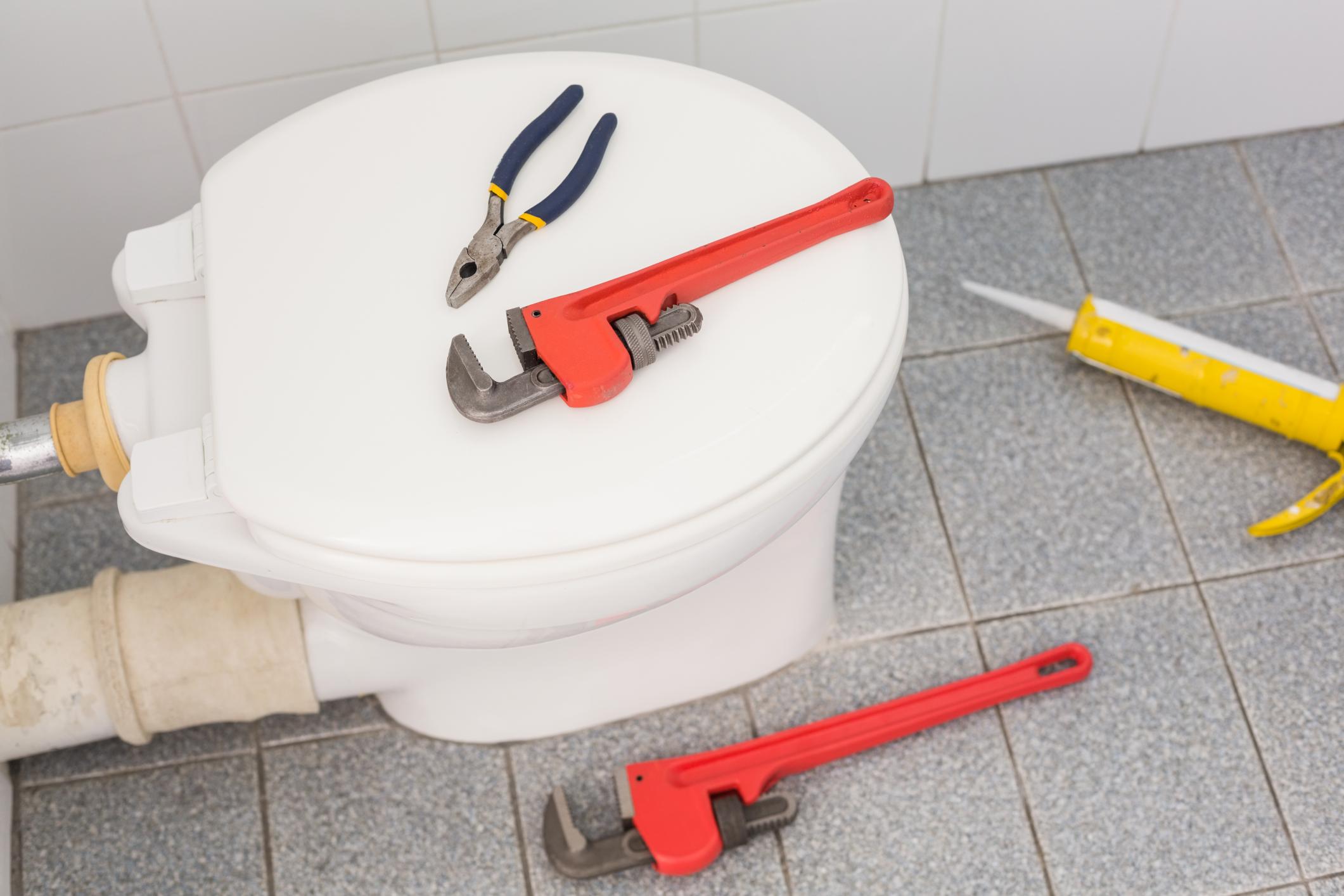
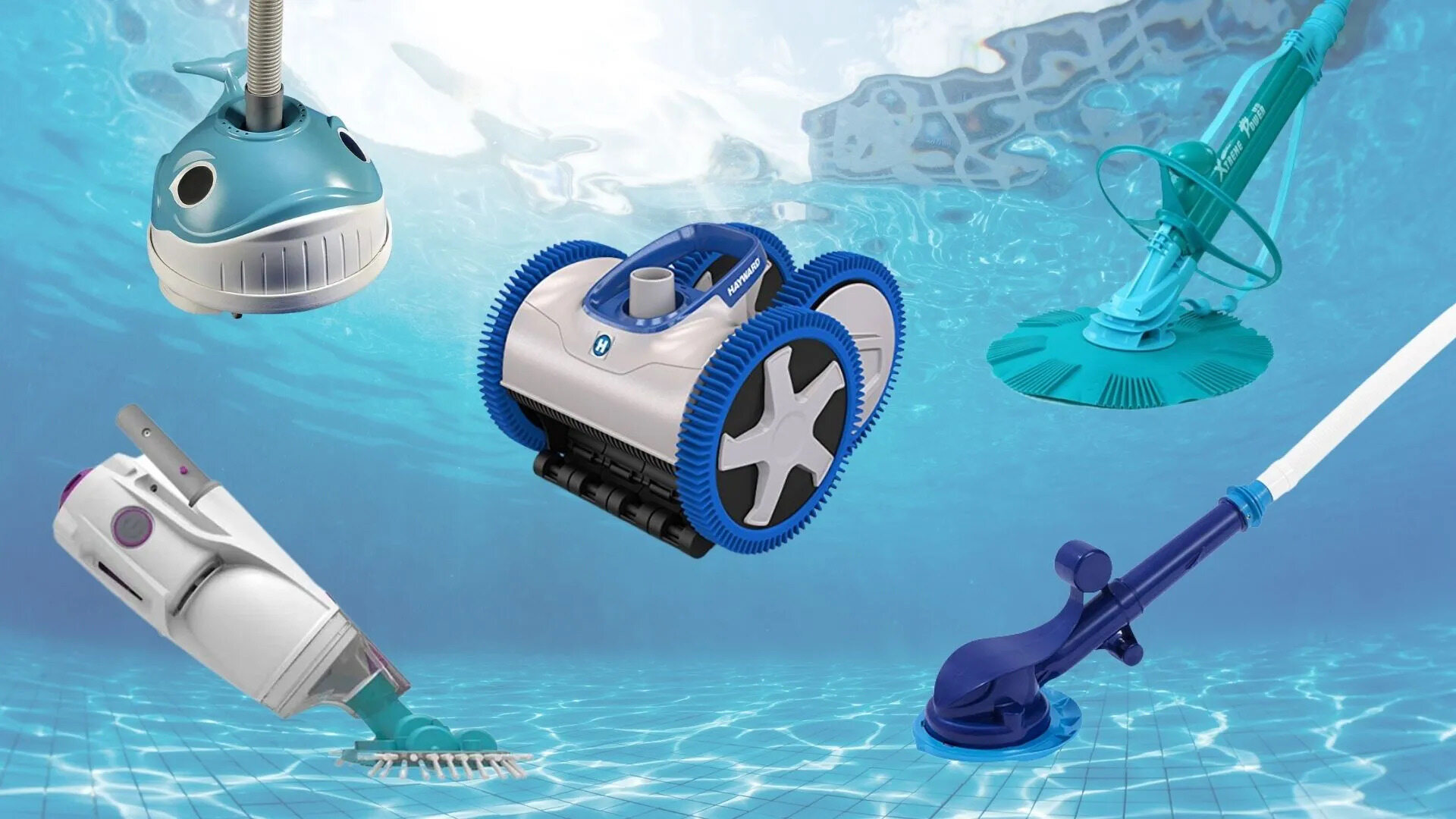
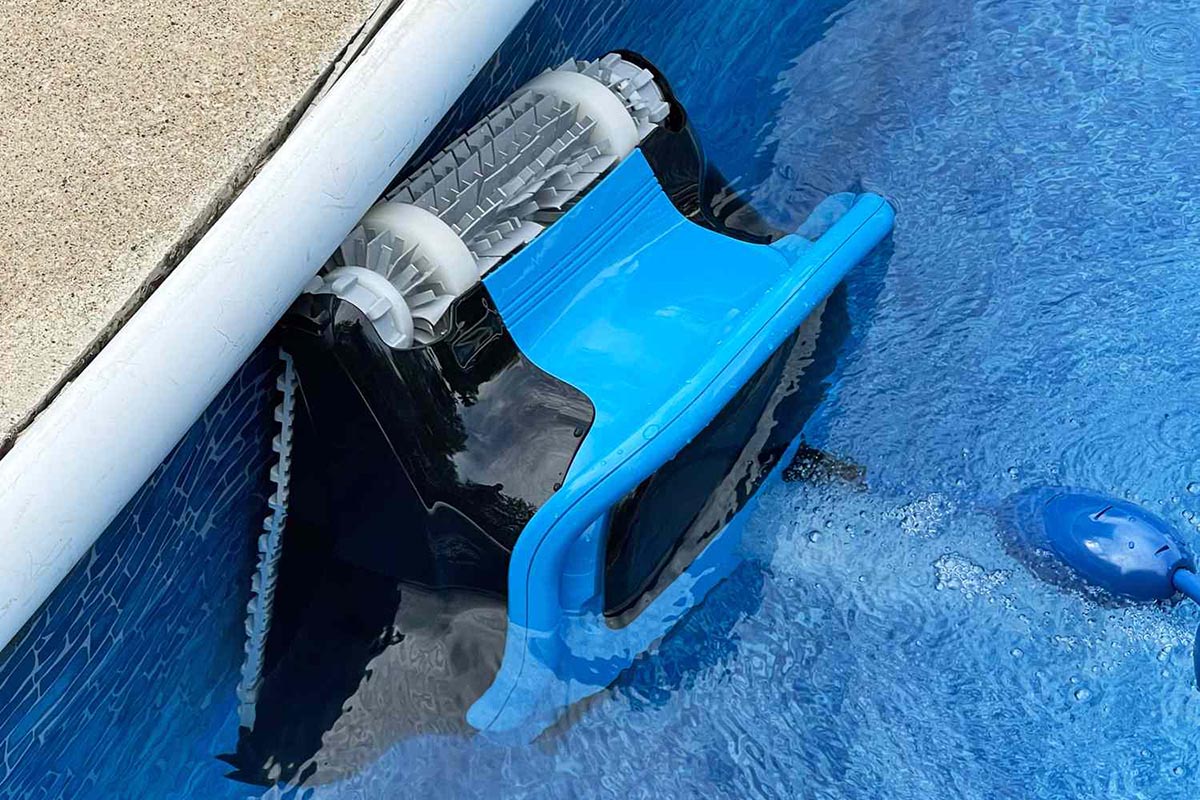
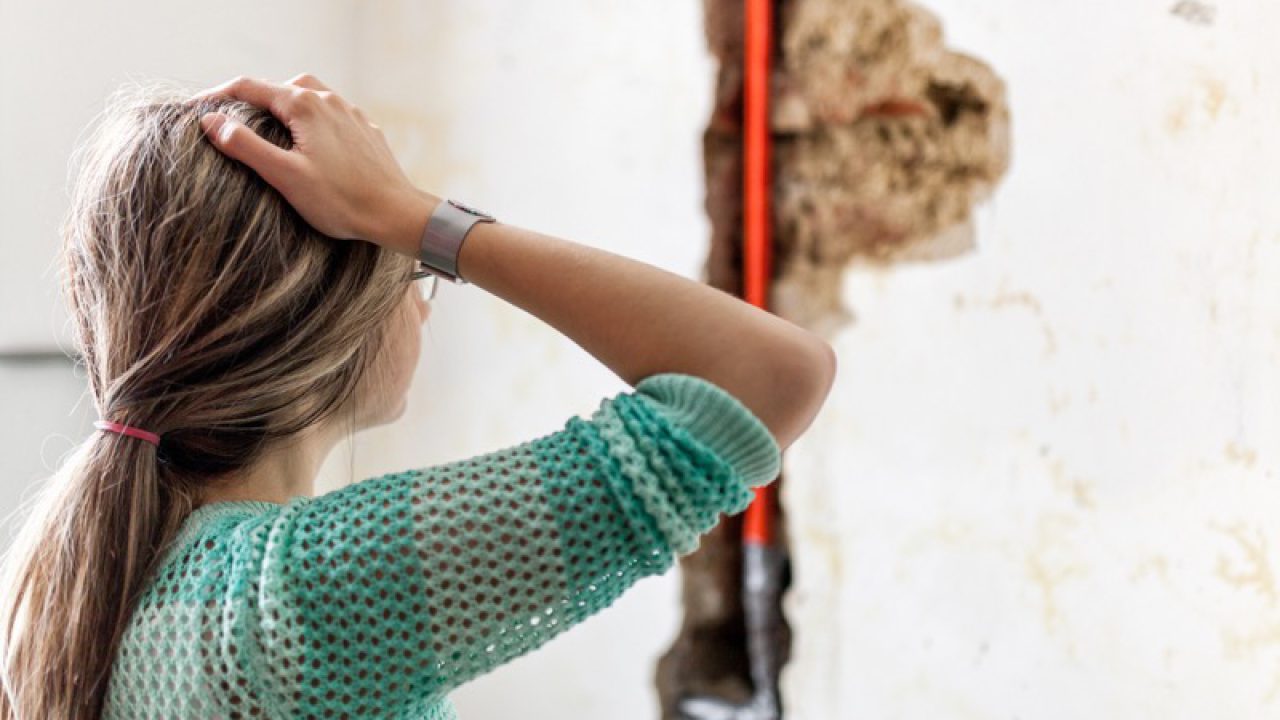
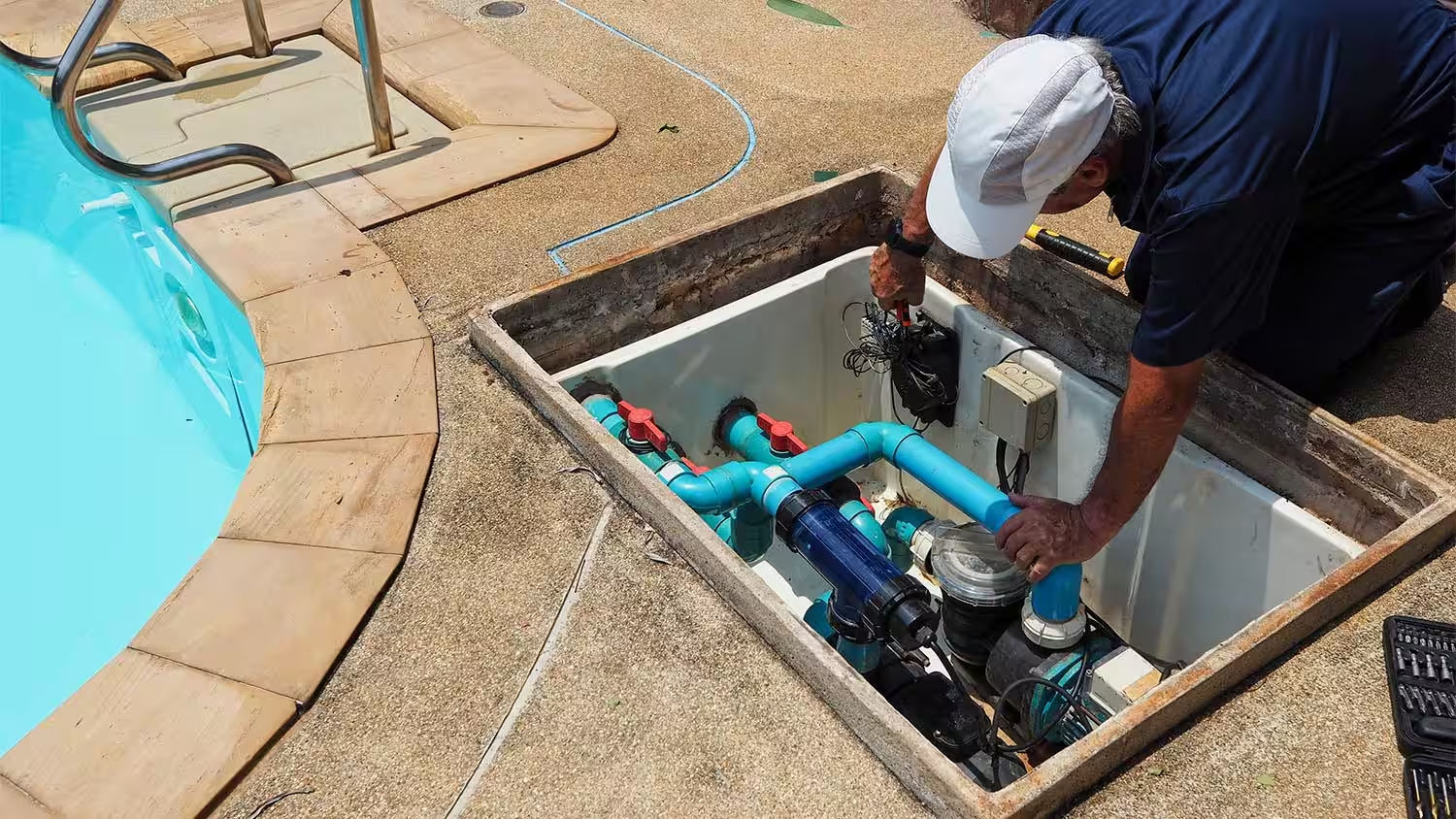
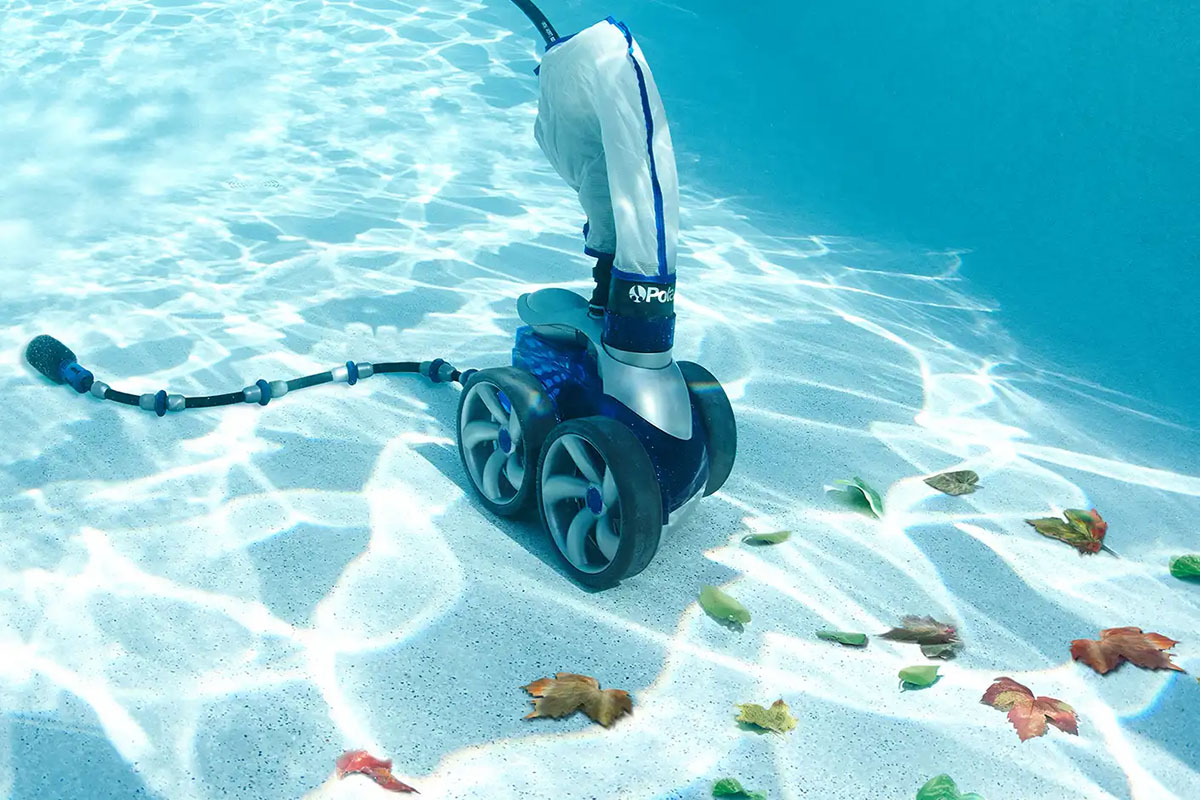
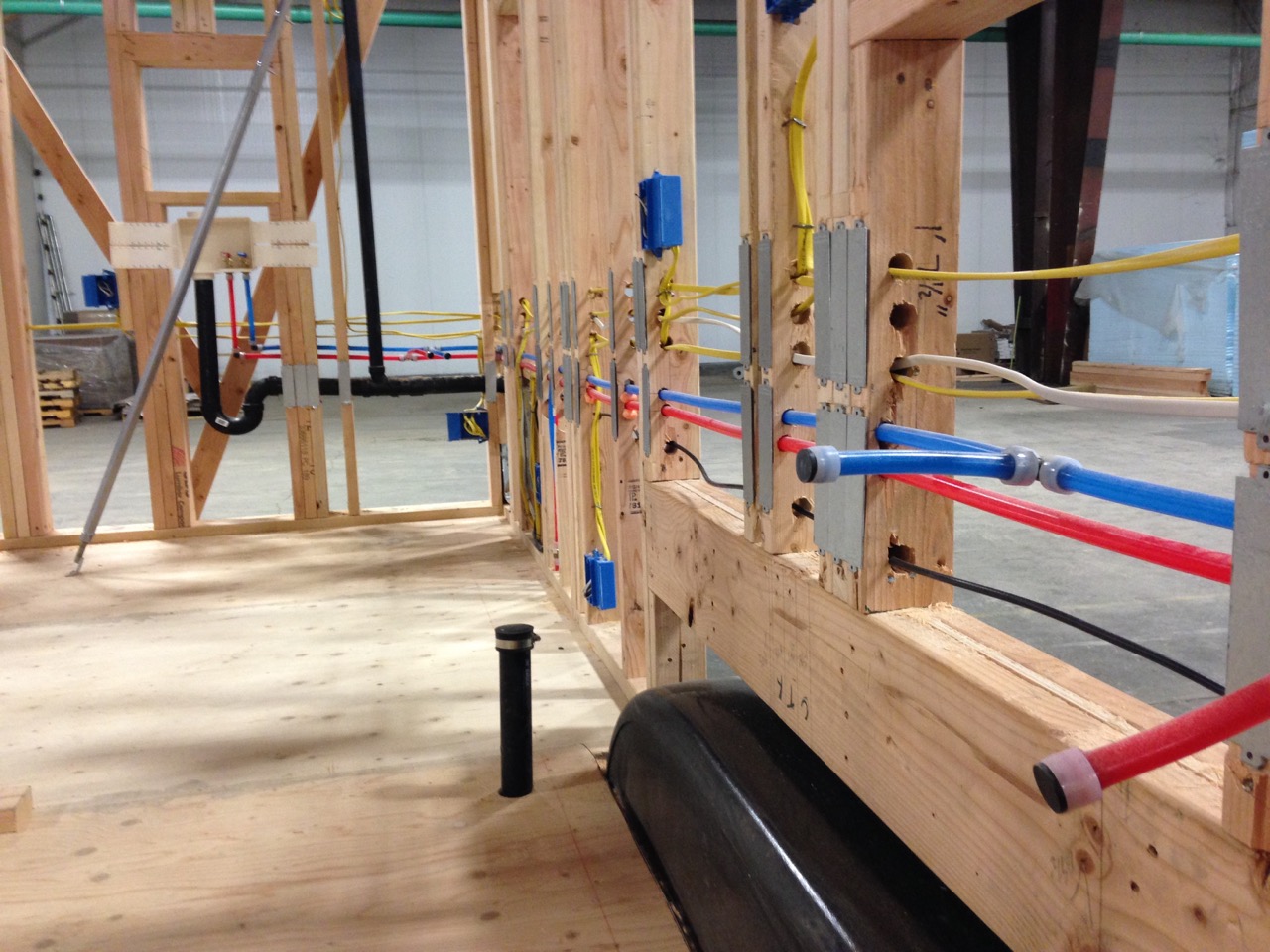
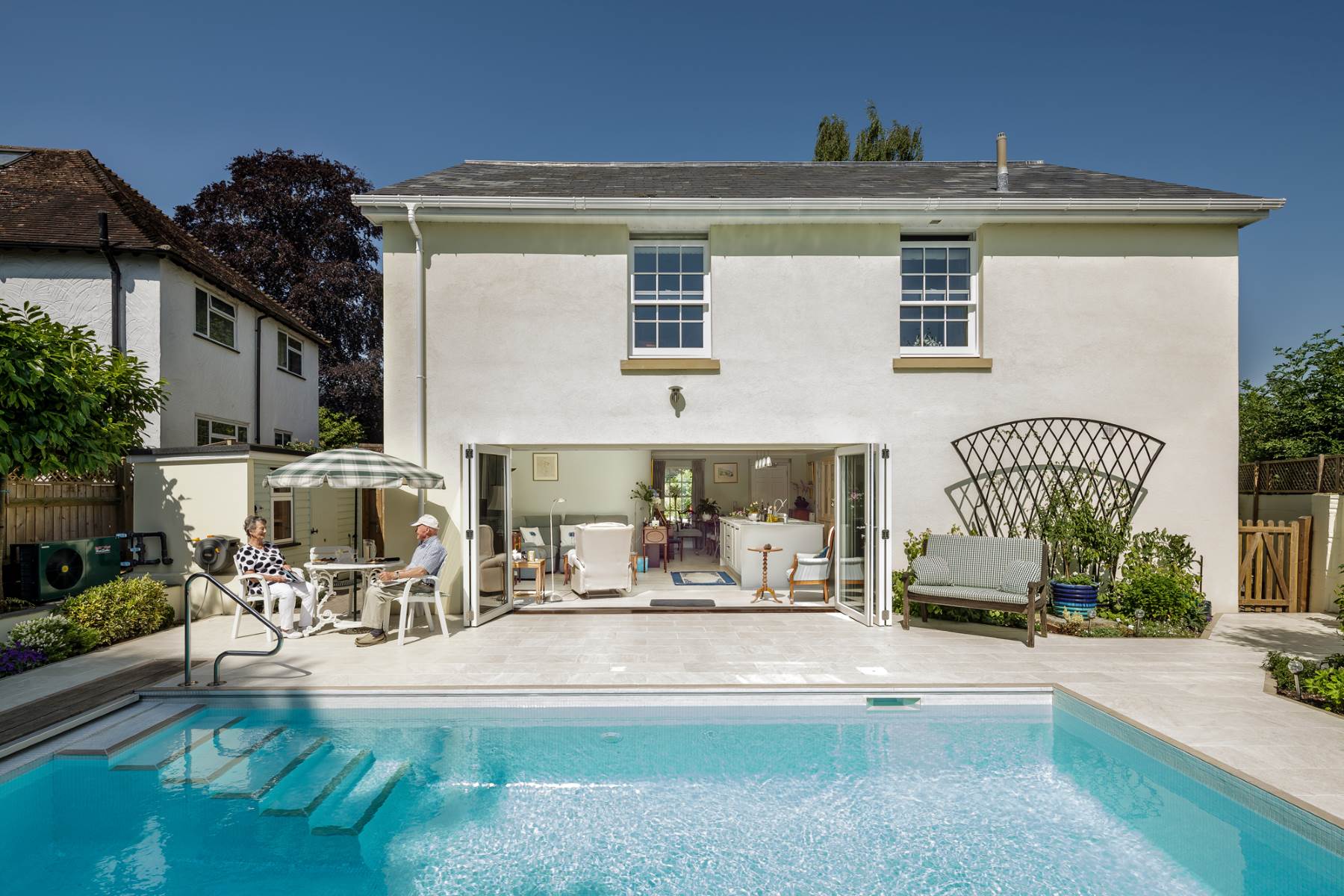
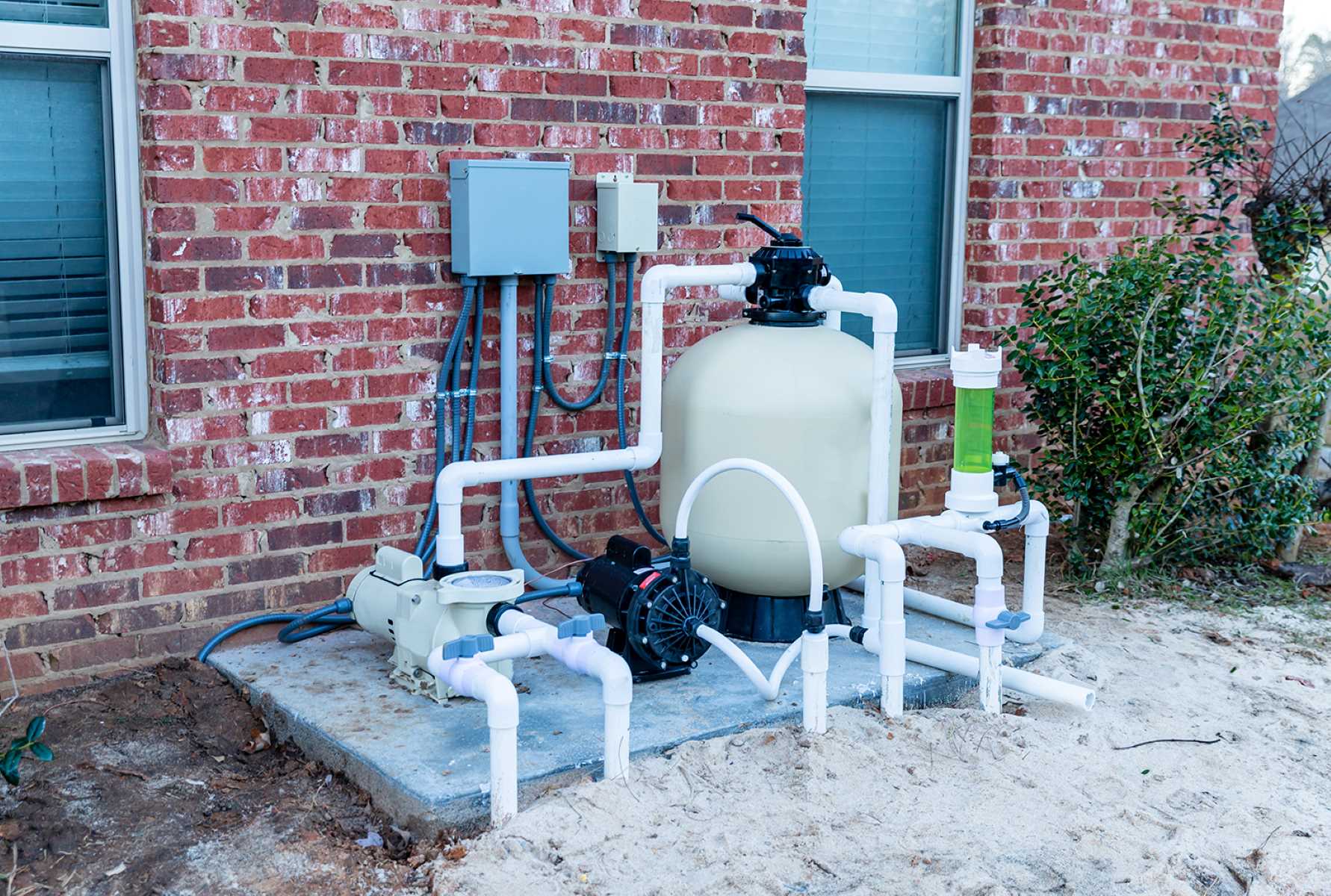
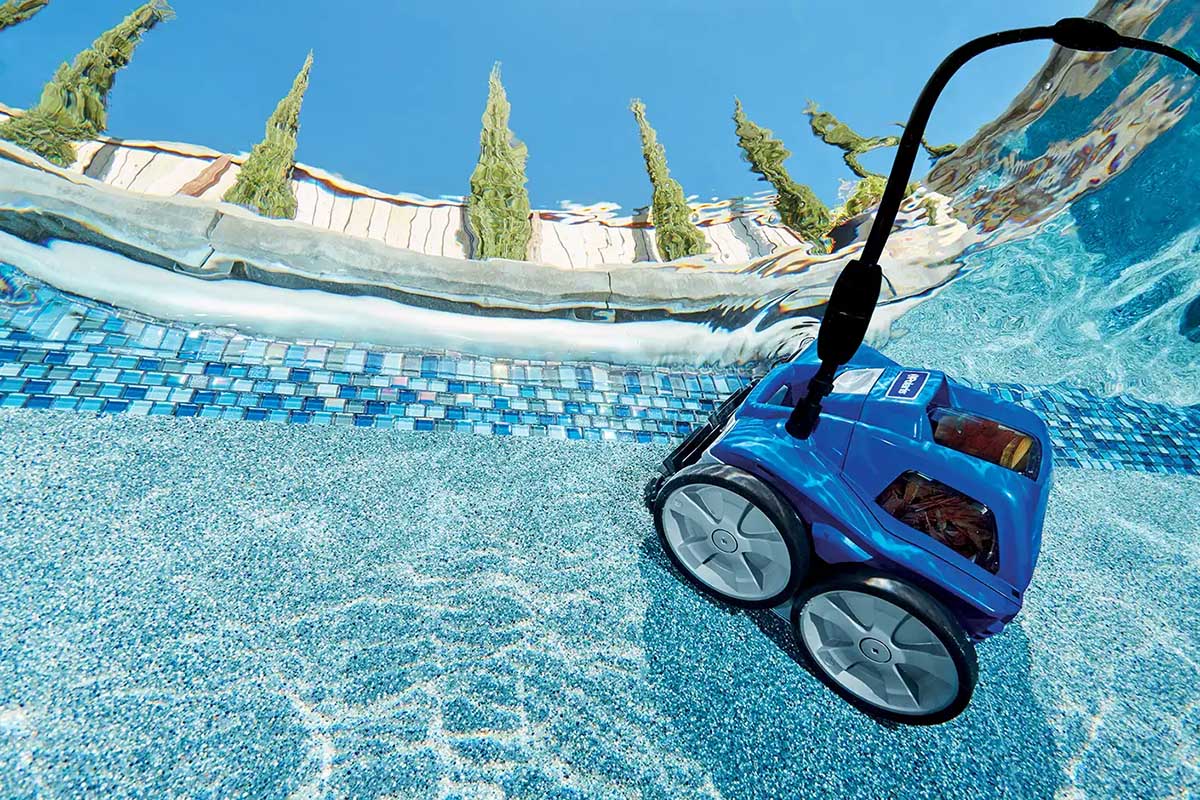

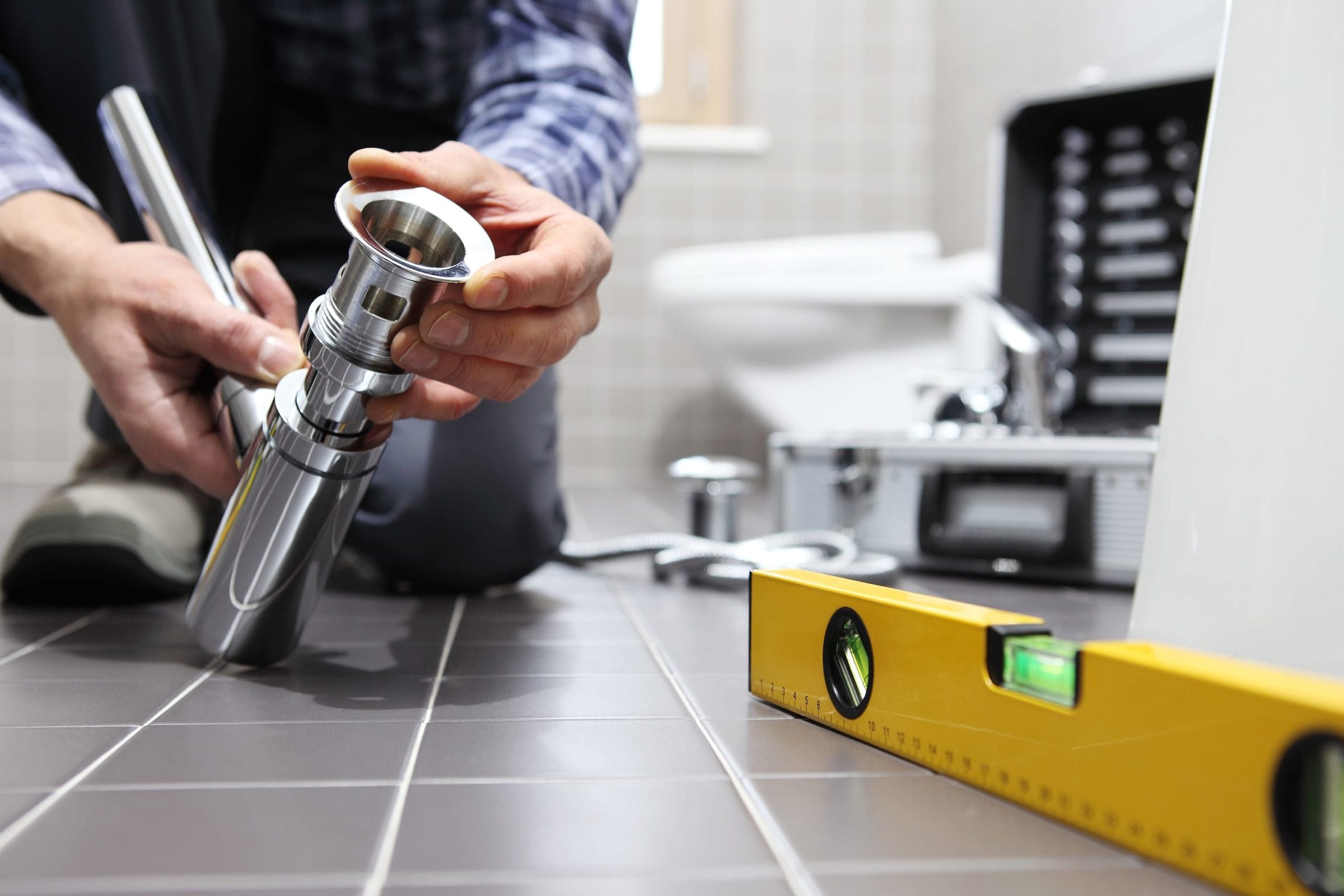
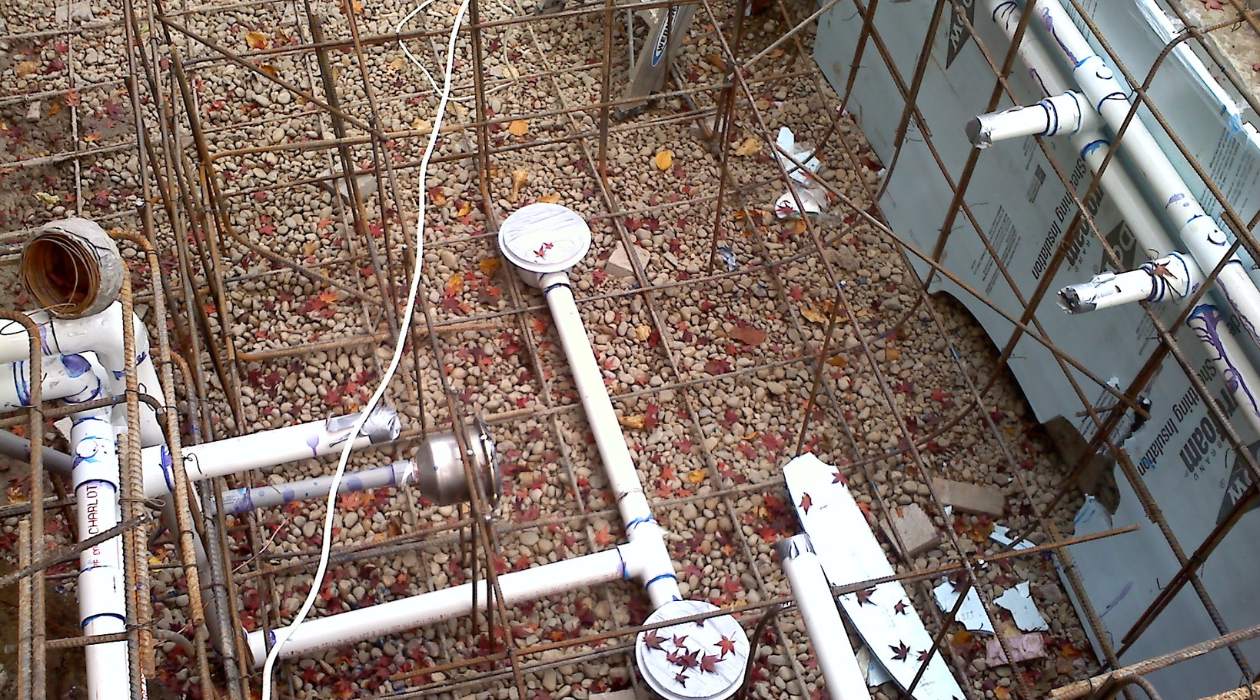

0 thoughts on “How Does Pool Plumbing Work”